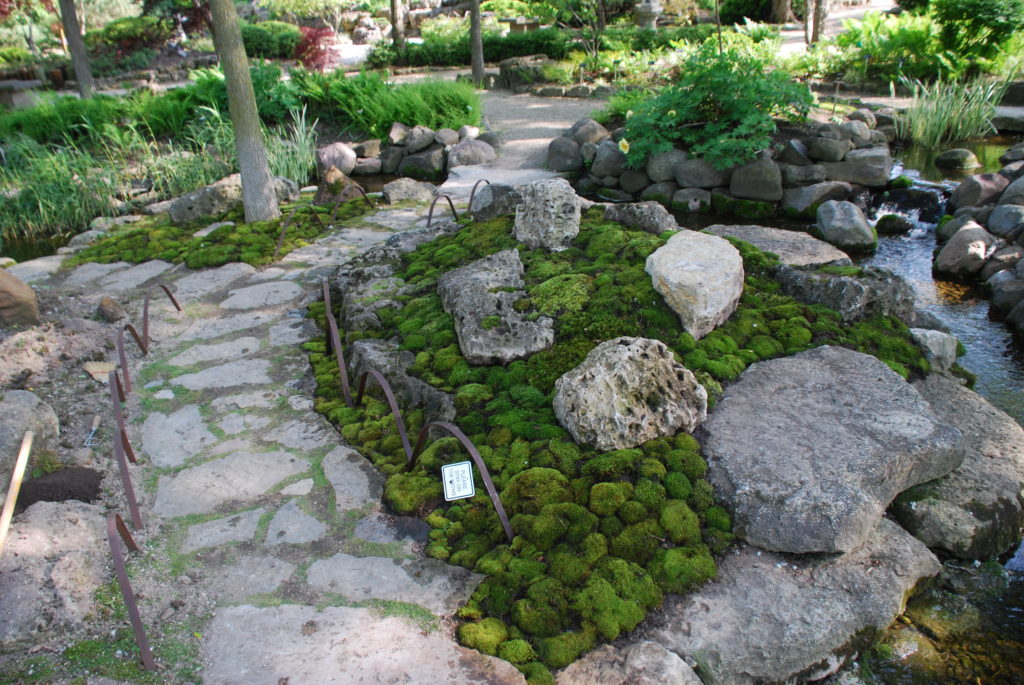
Raised mires were formed following the last ice age when dead vegetation gradually in-filled a body of standing water forming peat, which eventually became raised up above the surrounding land. Hen harriers can sometimes be seen roosting.
Winter - Drumburgh Moss nature reserve often hosts small numbers of geese from the huge flocks on the Solway. Other wildfowl include teal and sometimes flocks of black-headed gulls. Still plenty of dragonflies about too, with very impressive numbers of black darters. Autumn - Also look out for short-eared owls hunting over the moss. Also, a good time to see the elusive hobby and other birds of prey including peregrine falcons. The pools near the nature reserve entrance are alive with dragonflies and damselflies during the summer months. Sundews have adapted to low nutrients of the bog by trapping and digesting flies on sticky filaments on their leaves. You can find all three species of sundew here including the scarce great sundew. Cranberry, bog rosemary and later heather are in flower. This is the time to find adders and common lizards basking. Summer - the nationally rare large heath butterfly is on the wing from June to August looking for cotton grass on which it lays its eggs. The arrival of migratory birds such as cuckoos. 
Red grouse, redshank, snipe and grasshopper warbler also breed here. Reptiles and amphibians emerging from their hibernation. You might be treated to breeding displays of curlew, skylark and reed buntings. Bog plants such as bog rosemary, heather and cranberry are at their best. Spring - Birds displaying and cotton grasses flowering across the mire. This nature reserve is a fantastic place to see birds all year round, including birds of prey invertebrates, including many species of dragonfly and butterfly, and much more.

Take a walk to our new bird hide and viewing platform for fantastic views across the mire to the hills beyond.






 0 kommentar(er)
0 kommentar(er)
